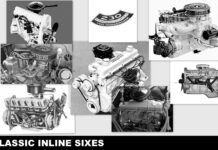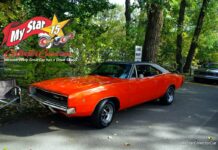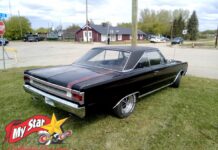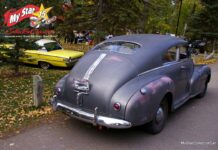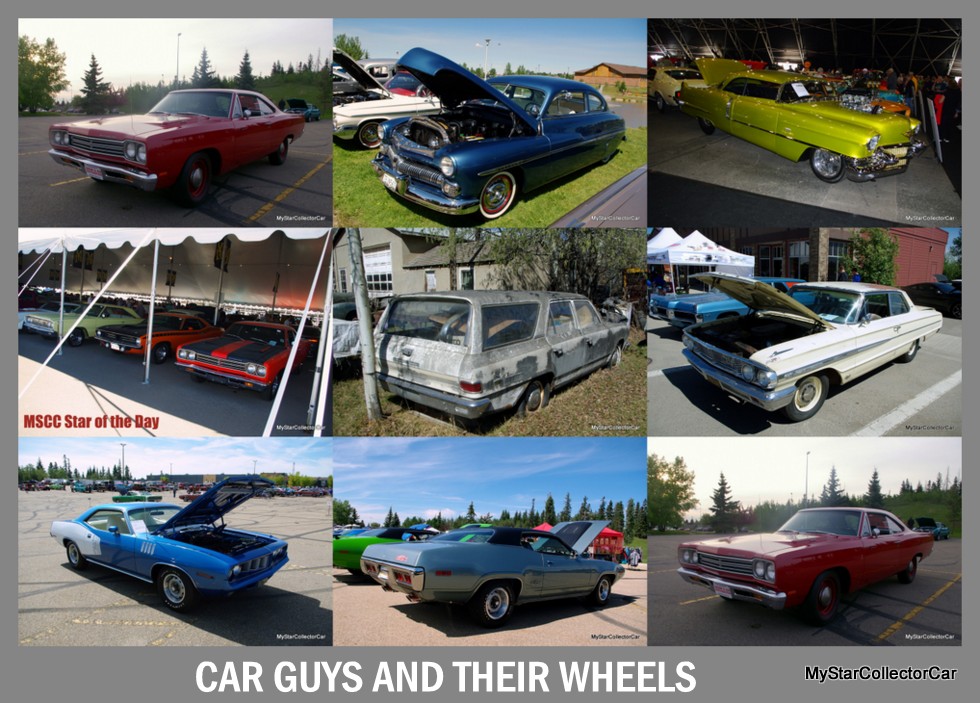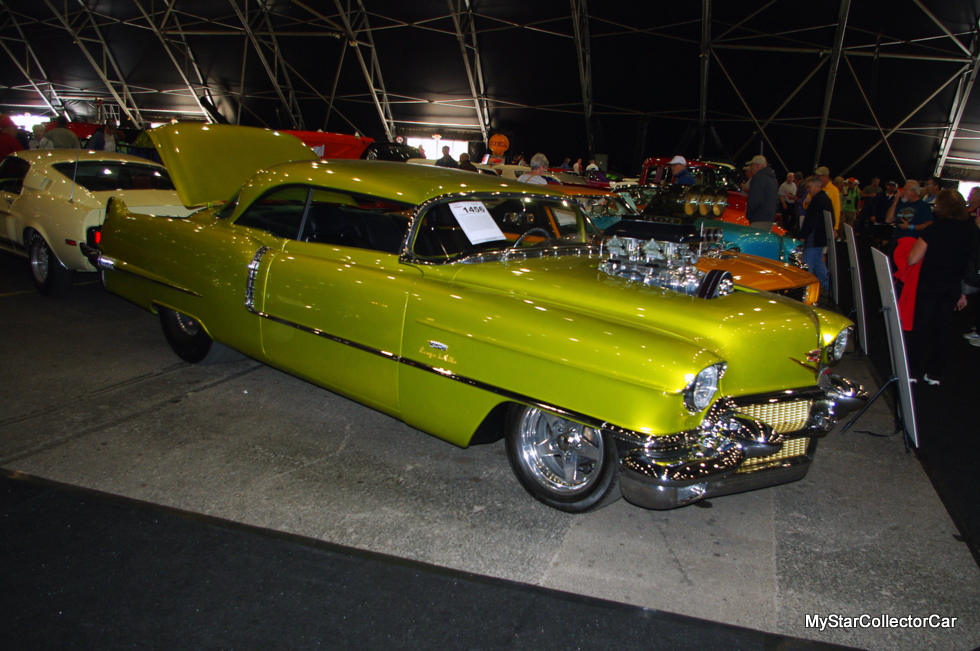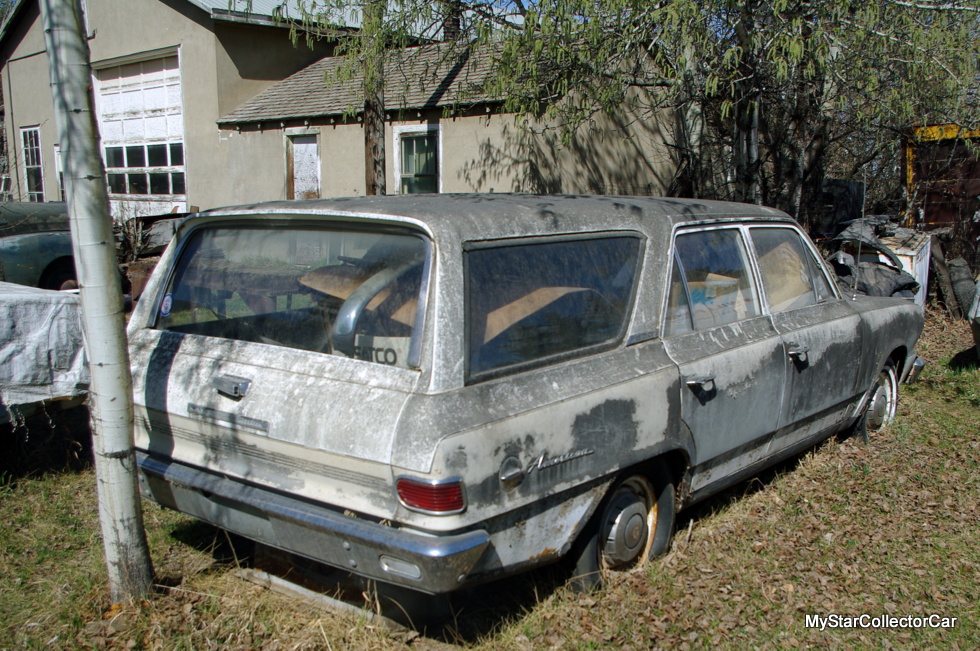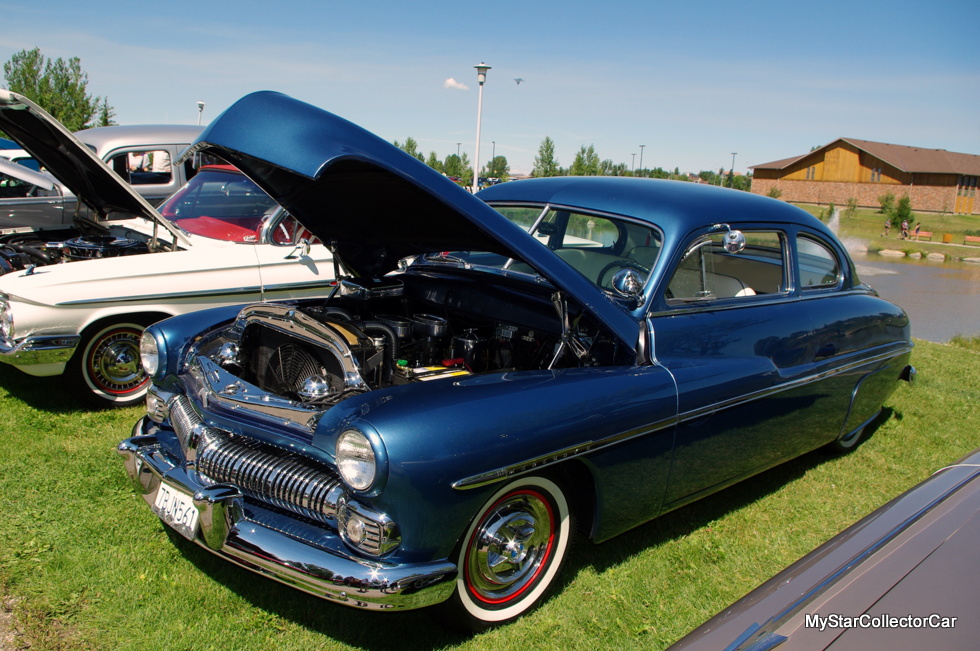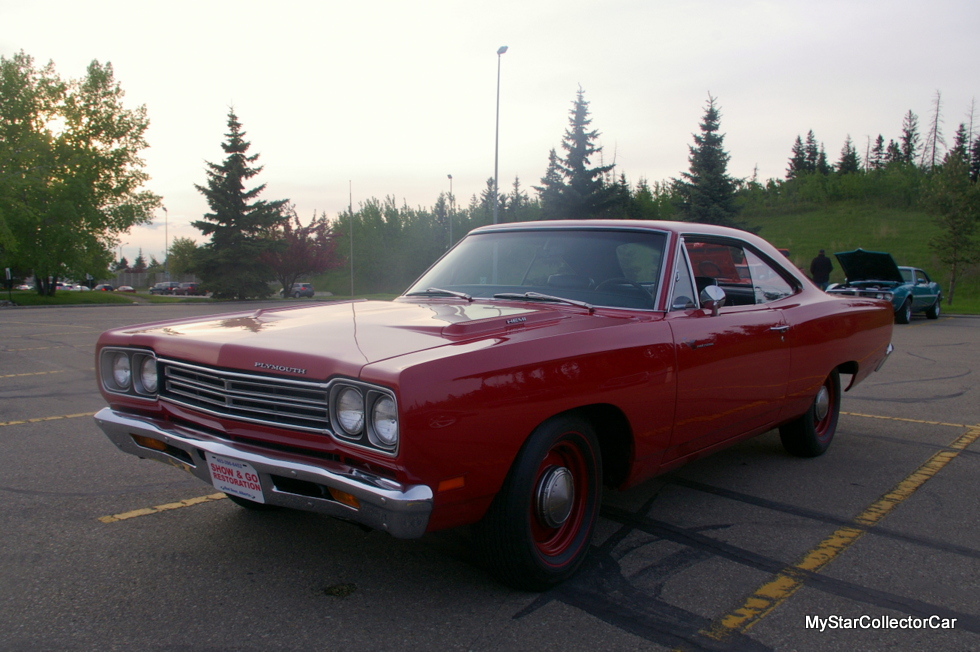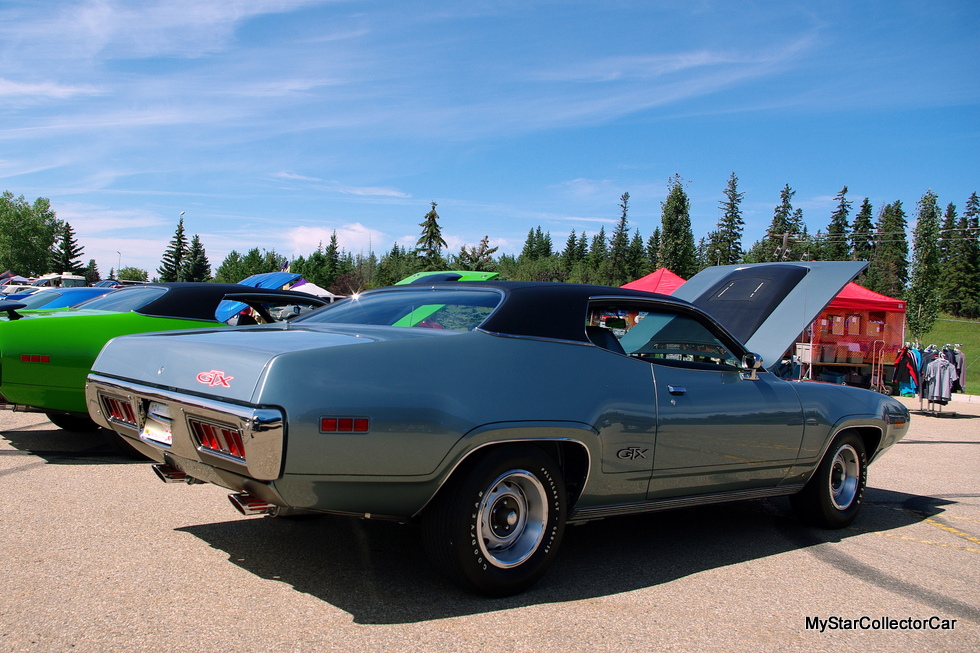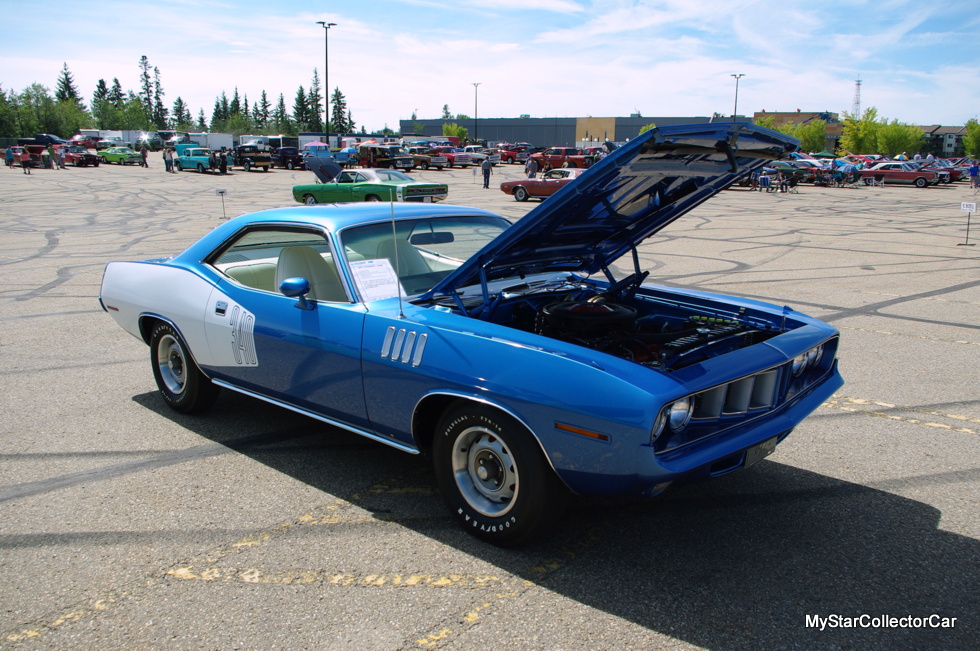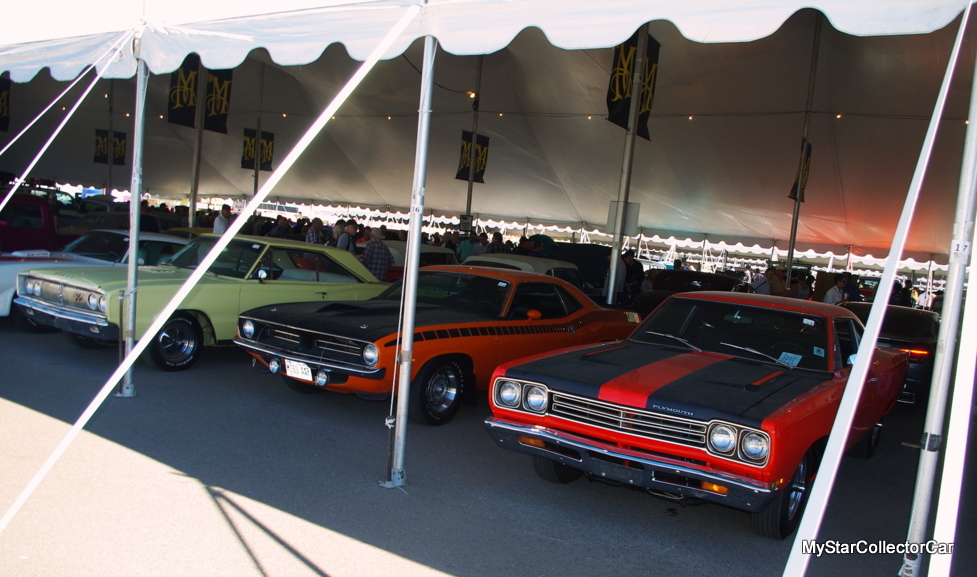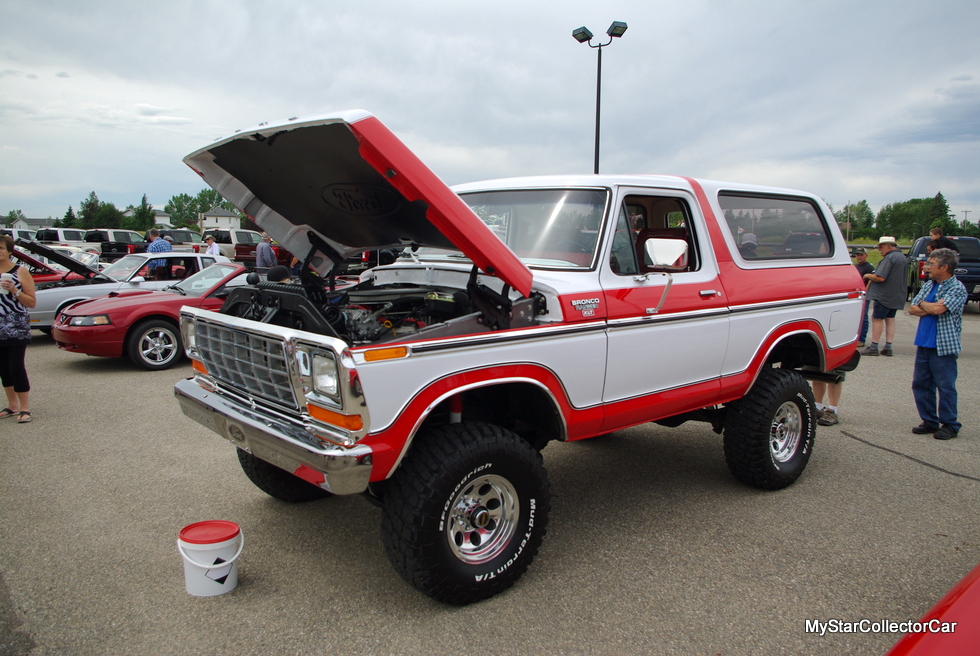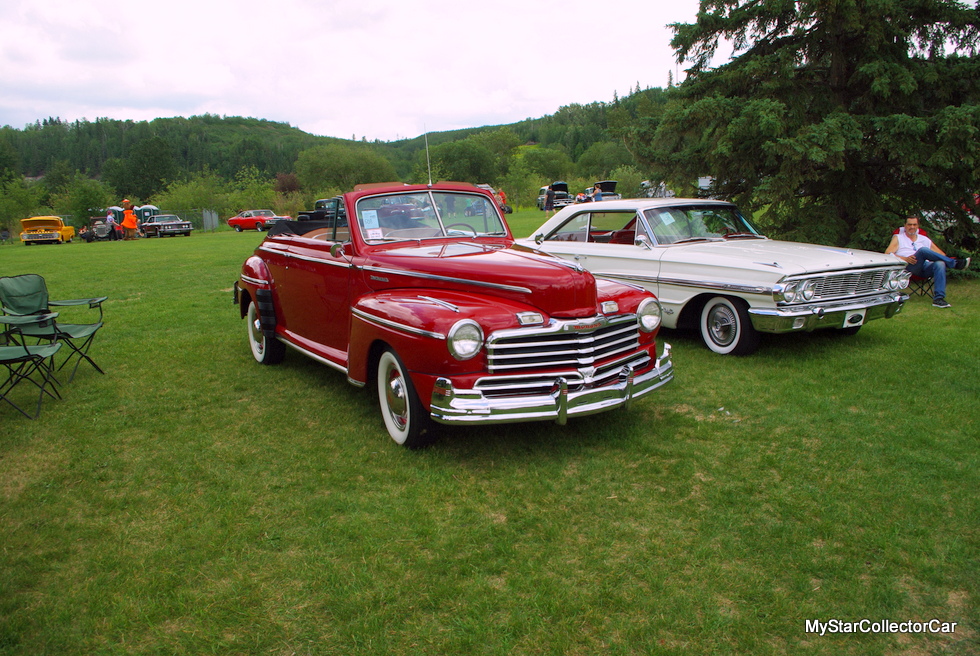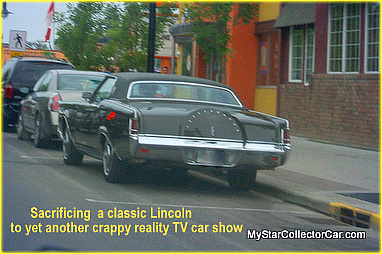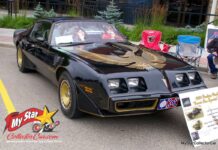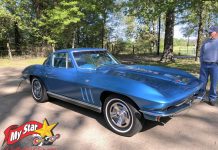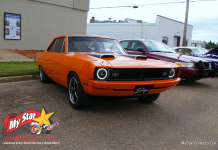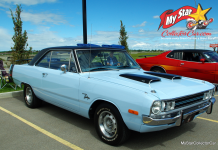One of the most important components of a restoration project is decision time for the wheel choice portion of the program.
There are a wide variety of choices available to the car guys and every one of them are steeped in subjectivity.
In other words, the owner has a fundamental freedom of choice to pick his or her wheels based upon their personal tastes-good, bad, or otherwise.
Some of the car hobbyists choose to head toward a factory look. One of their choices may be to leave things alone when it comes to wheel decorations and choices. A low end automotive blast from the past likely came equipped with dog dish (aka poverty) hubcaps attached to steel wheels.
Domestic auto builders wanted their customers to look the part in a cheapo sense when it came to bling on their rides. Dog dish hubcaps on a factory wheel meant the buyers checked off very few of the option boxes on their new vehicles and was much more comfortable behind the wheel of an entry-level automotive choice than a higher end choice with a larger sticker price.
The alternative for auto buyers from a bygone era was the larger sticker price because these cars were equipped with full wheel covers that concealed the steel wheels and were also a bold statement that emphasized the bigger price tag. Whitewall tires and color-coded full wheel covers also brought attention to the higher end car choices made by the buyers.
The important part of the equation for many car guys under either circumstance is to honor the history of their car and restore it back to its factory appearance. For this reason, car guys who honor their vintage vehicle’s history are proud to include the dog dish hubcaps if they were on the car when it left the dealership back in the day.
The dog dish look was also associated with a few muscle cars from the past because they looked tougher with the minimalist hubcaps on their wheels. A great example of this feature would be the Plymouth Road Runner models from the late 1960s because they combined an affordable muscle car with cost-cutting measures like dog dish hubcaps on these iconic Mopars.
The advent of the rally wheel on muscle cars lent a sporty choice for car guys then and now because these wheels looked fast at a standstill. A rally wheel option usually meant the buyers wanted to advertise better performance from the hidden powertrain parts under the hood and the brake, steering and suspension components attached to the chassis of their cars.
The new car buyers from this era typically chose performance and style in a bundled package that was showcased by the rally wheels. These customers wanted other drivers to believe the car wheels helped reflect the owners’ sporty image and innate ability to handle the extra performance from their cars. Rally wheels helped them sell that dangerous myth.
Original vintage rally wheels can fetch a good buck in the car hobby in today’s world because many of the cars equipped with them have been dispatched to a long history of terminal rust cancer. Or horrible driving that validated the notion that many drivers who bought the cars were not competent rally drivers-even in cars equipped with rally wheels.
The three aforementioned choices have one common denominator for car guys who want the factory look: Baby needs new shoes–and they want the original ones.
BY: Jim Sutherland
Jim Sutherland is a veteran automotive writer whose work has been published by many major print and online publications. The list includes Calgary Herald, The Truth About Cars, Red Deer Advocate, RPM Magazine, Edmonton Journal, Montreal Gazette, Windsor Star, Vancouver Province, and Post Media Wheels Section.
- CLICK HERE to Sign Up for the Newsletter
- CLICK HERE to Like us on Facebook
- CLICK HERE to Follow us on Twitter
- CLICK HERE to Follow us on Pinterest




